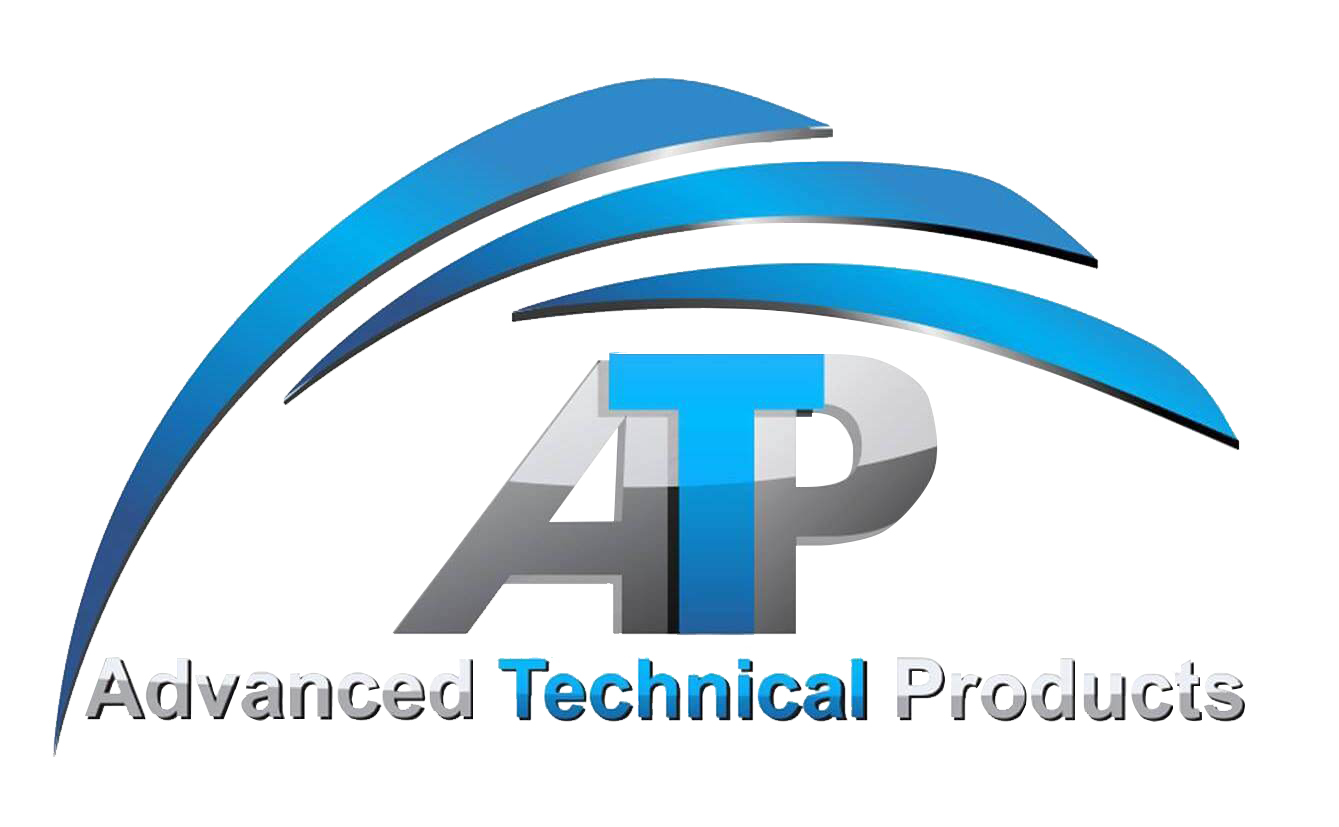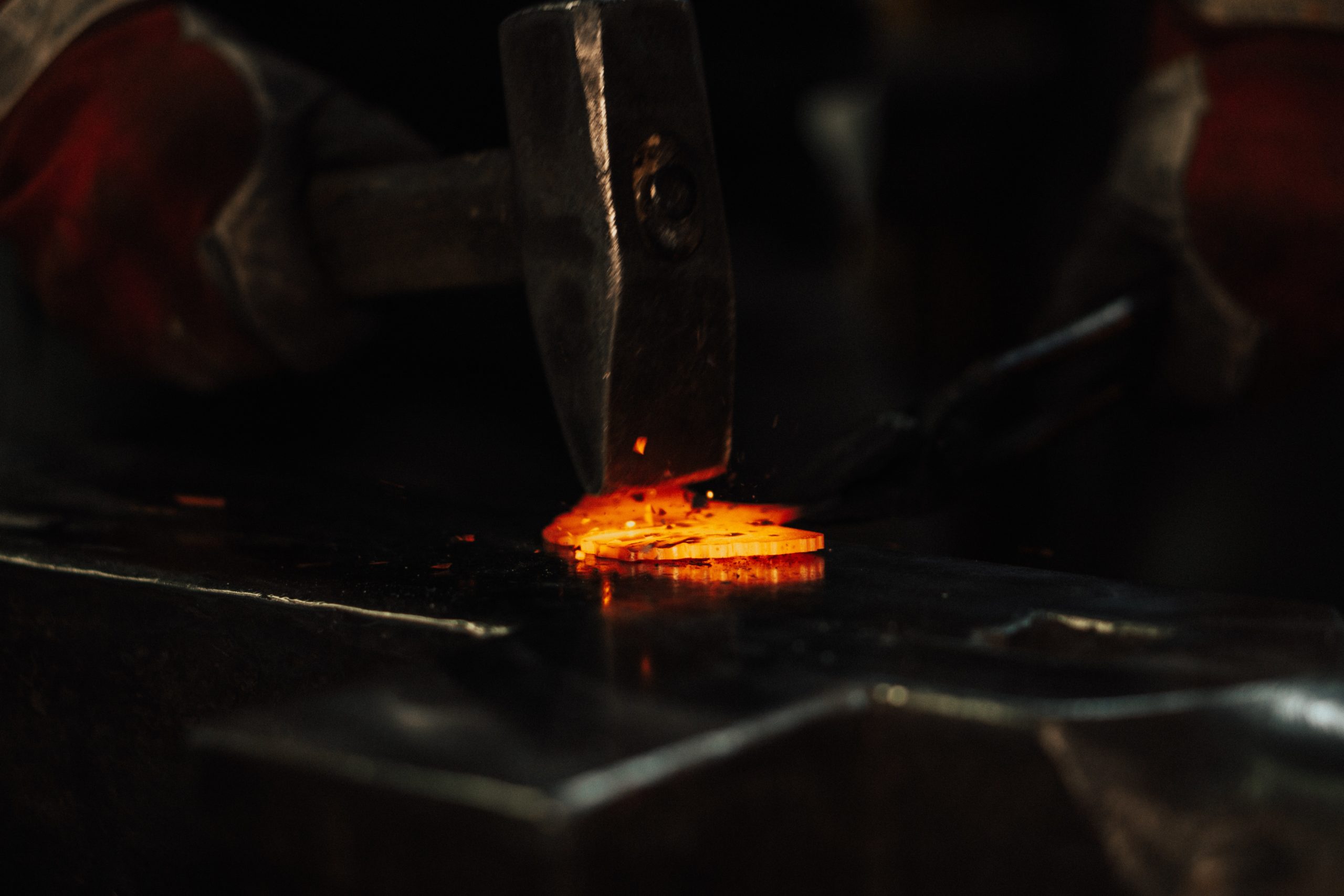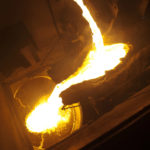Nickel–phosphorus composite coatings embedded with boron nitride (BN(h)) particles were deposited on AISI 1018 steel using electroless deposition technique. Then the coatings were heat-treated at 400 °C with an aim to study the role of heat treatment on the temperature-dependent tribological characteristics. The wear characteristics of the as-deposited (AD) and heat-treated (HT) coatings were analyzed at ambient as well as at 300 °C temperature. The surface topography of the wear tracks was studied by using a scanning electron microscope. The hardness of AD samples was measured as increased up to 40% after the high-temperature sliding test due to the semi-coherent Ni3P phase. High wear resistance was observed in the case of HT coating tested at ambient temperature, which is attributed to the higher hardness and lower amount of adhesive wear during sliding. Furthermore, the effect of heat treatment on the wear rate of the coatings at 300 °C was found to be insignificant.
Nickel phosphorous (Ni–P) coatings are adopted in a broad range of industrial applications due to their superior wear resistance and inertness in the corrosion environment [1]. Ni–P coatings show remarkable potential in the oil and gas industry protecting HSLA steels due to excellent corrosion resistance in H2S and CO2 environments [2]. Further, the Ni–P coatings show potential in modern machinery in chemical plants and marine applications involving wear and corrosion simultaneously [3, 4]. Ni–P coatings are commonly produced by the chemical reduction of metal ions via a reducing agent [5]. The commonly used electroless baths depending on reducing agents are sodium hypophosphite, amino boranes, sodium borohydride, and hydrazine baths. Sodium hypophosphite baths are most widely (almost 70%) used for depositing Ni–P coatings owing to their higher deposition rates, easy bath control, and increased stability. Further, for depositing Ni–P alloy coatings acid and alkaline baths are used. The better quality thick coatings are deposited on metals and bath stability is maintained for a long time by employing acid baths. The phosphorus content in the deposits can be easily controlled by varying the pH of hot acid bath (low (3–5% P), medium (6–9% P), and high (10–14% P) phosphorus Ni–P coatings). Warm hypophosphite alkaline baths are employed for depositing Ni–P coatings on plastics and non-metals [6]. Embedding nano or sub-micron particles into the Ni–P matrix to acquire functional properties to the coated surfaces has been well demonstrated in the literature [6, 7].
Nickel-based coatings are suitable for elevated temperature tribological applications as they possess a high melting point (1480 °C) and good oxidation resistance. Self-lubricating coatings perform relatively better in a few specific applications where dry sliding conditions are demanded at elevated temperatures due to the working environment. If the friction coefficient is more at the elevated temperatures, the performance and life of the surface coatings are severely affected. In order to address these issues, integrating appropriate solid lubricant particles into the Ni–P coatings has been reported as a promising strategy [8]. Several researcher articles have reported co-̴deposition of solid lubricant particles such as MoS2, PTFE, BN(h), WS2, Ag, carbon nanotubes, and graphite into Ni–P matrix in order to enhance the tribological characteristics of the coating.






